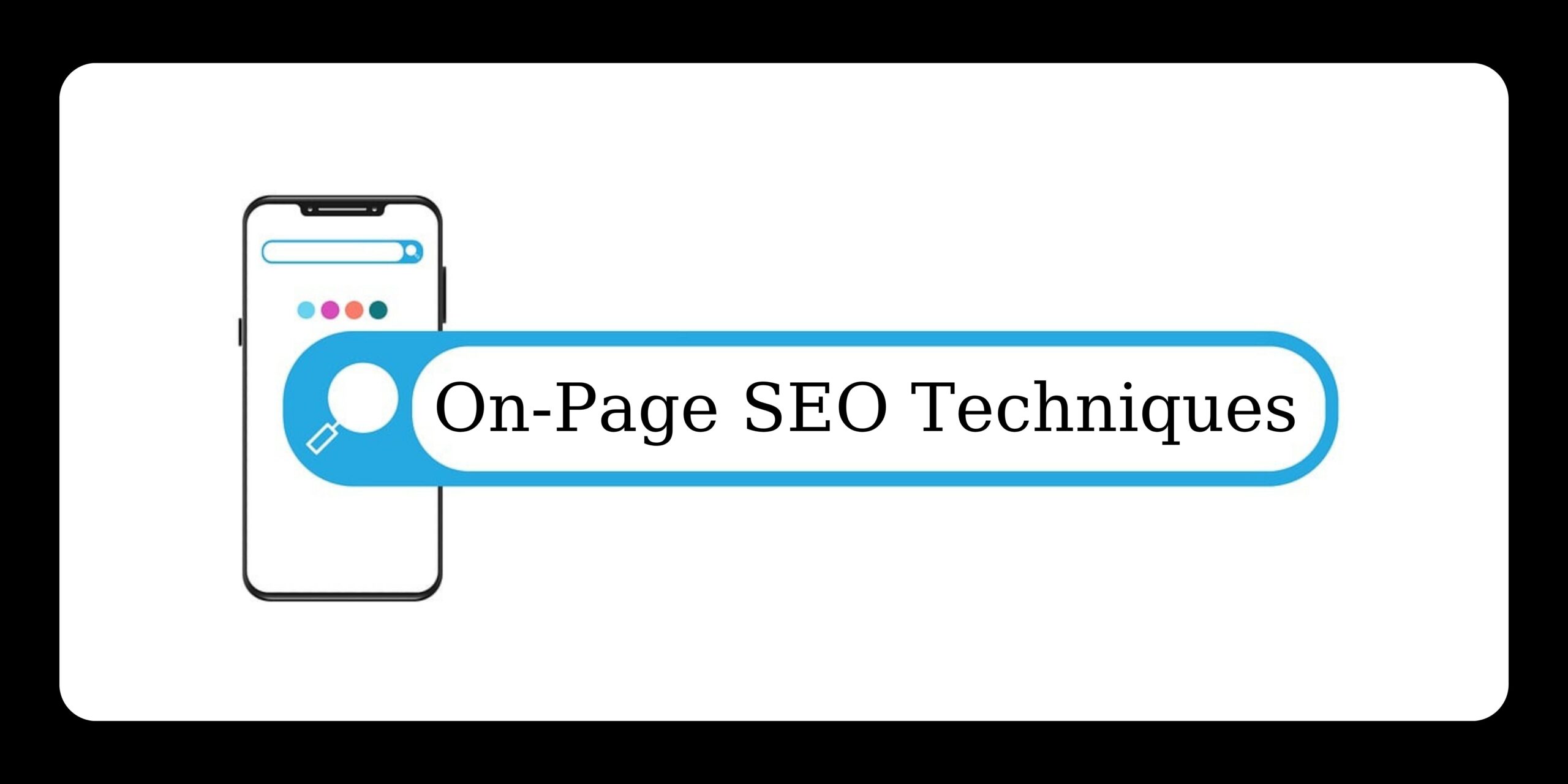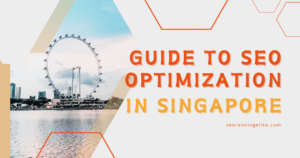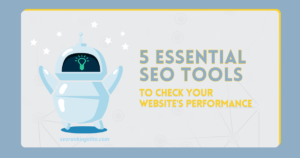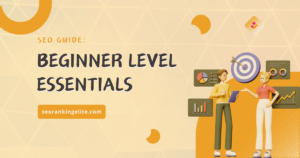Mastering On-Page SEO Techniques for Beginners

Ever wondered how to establish your website presence? Mastering on-page SEO techniques is crucial for establishing your web presence. Implementing these strategies can be the game-changer your website needs to thrive online. So what are the essential on-page SEO techniques that every beginner should grasp?
Crafting a Stellar Title Tag
Crafting a compelling title tag is an art that blends relevance and creativity, serving as the first impression for both search engines and users. Craft a concise title that captures your content’s essence and prompts clicks. Optimizing your title tag enhances search visibility, resulting in a higher CTR.
Meta Descriptions: A Gateway to Clicks
The meta description is your chance to provide a concise preview of what your page offers. Think of it as a teaser that is able to persuade users to explore further. Write a meta description that is clear, engaging, and includes relevant keywords . This not only helps in search engine comprehension, but also entices users to choose your link over others.
URL Structure: The Foundation of Accessibility
A well-structured URL is not only user-friendly but also communicates essential information to search engines. Craft short, descriptive URLs that mirror your page content . Avoid generic strings of numbers and characters; instead, opt for a format that is easily readable and reflects the hierarchy of your site.
Header Tags: The Organizational Backbone
Header tags (H1, H2, H3, etc.) serve as the organizational backbone of your content. Use header tags to structure your content logically . The H1 tag should encapsulate the main topic of your page, while subsequent tags should organize subtopics. This helps users’ readability and provides search engines a clear understanding of your content hierarchy.
Keyword Placement: The Art of Seamless Integration
Keywords are fundamental in SEO, and strategically placing them within your content is crucial. Ensure seamless integration of keywords, avoiding keyword stuffing, as search engines penalize this practice. Instead, prioritize crafting valuable, informative content that naturally incorporates relevant keywords.
Image Optimization: Enhancing User Experience
Images not only add visual appeal to your content but also play a crucial role in SEO. Optimize your images by compressing them without compromising quality . Use descriptive file names and incorporate alt text that succinctly describes the image. This not only enhances accessibility but also provides search engines with valuable context.
Internal Linking: Building a Web of Relevance
Internal linking is more than just connecting pages; it’s about establishing a web of relevance within your website. Strategically link relevant pages to guide users through your content . This not only enhances user experience but also spreads authority across your site, boosting overall SEO.
Mobile Optimization: A Non-Negotiable
With the increasing prevalence of mobile browsing, ensuring your website is mobile-friendly is non-negotiable. Optimize your site for mobile devices by employing responsive design . Google prioritizes mobile-friendly websites, making this a crucial aspect of on-page SEO.
Page Speed: The Need for Speed
Page speed directly impacts user experience and search engine rankings. Optimize your page speed by compressing images, leveraging browser caching, and minimizing unnecessary code . A faster-loading page will improve both user satisfaction and search engine rankings.
User Experience: The Ultimate Goal
Beyond technical aspects, prioritizing user experience is the ultimate goal of on-page SEO. Create content that is valuable, informative, and easy to navigate . A positive user experience not only fosters engagement but also signals to search engines that your website is a reliable source of information.
Conclusion: Elevate Your On-Page SEO Techniques
Mastering on-page SEO techniques demands continual excellence. Implementing them positions your website as a relevant authority. Stay ahead by refining on-page elements, elevating your game, and outpacing competitors.
5 FAQs for Mastering On-Page SEO Techniques
🗒️ Answer
Q1. What is the significance of a well-crafted title tag in on-page SEO?
A compelling title tag is crucial for both search engine visibility and user engagement. It encapsulates the essence of your content, boosting click-through rates (CTR).
Q2. How does on-page SEO contribute to mobile optimization?
On-page SEO plays a vital role in mobile optimization by emphasizing responsive design. Optimizing for mobile devices aligns with Google’s preference for mobile-friendly websites.
Q3. Why is internal link essential for on-page SEO?
Internal linking is not just about connections; it establishes relevance within your site, enhancing user experience and spreading authority across pages, ultimately boosting SEO.
Q4. What role does user experience play in on-page SEO?
Prioritizing user experience is paramount in on-page SEO. Creating valuable, easily navigable content fosters engagement and signals to search engines that your site is a reliable source.
Q5. How does image optimization contribute to on-page SEO?
Image optimization enhances user experience by ensuring fast loading times. Compressing images, using descriptive file names, and incorporating alt text provide context for search engines.
Need SEO help? Contact SEO Ranking Elite, your premier SEO service agency. Partnered with the Madex Group and Madex Academy, we deliver effective strategies for SEO success, targeting businesses in Malaysia and Singapore.




